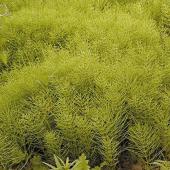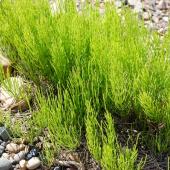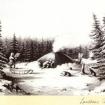Horsetail
Common Name:
Goosefood
Gwichya Gwich'in Name:
kheh dyè'
Teetł’it Gwich’in Name::
kheh dì'
Latin Name:
Equisetum arvense
As medicine
The leaves and stems can be steamed for nasal congestion, colds and stomach ailments.
As food
The root tubercles, or dazho zhii (translated from Teetł'it means “mouse food”) can be eaten raw.
As pot cleaner
The coarse green stems can be gathered and used to scrub pots and clean dishes.
Source: Andre, Alestine and Alan Fehr, Gwich'in Ethnobotany, 2nd ed. (2002)
As medicine
The horsetail plant is used to make a medicinal tea to treat kidney problems, bladder infections or urinary track problems. To treat a bladder infection, a tea is made with the horsetail plant and large amounts of the tea are taken to clear the condition. A cup of the tea is taken two or three times during the night. Cups of horsetail tea are also taken during the day along with spruce pitch tea for three days. Ruth said that a bladder infection could occur when the outside conditions are wet and cold and often during camping trips. She said,
…[drink]the tea from the horsetail and you'll feel comfortable within just a few hours…then [drink] it for a few days. And after three or four days…if you feel the discomfort coming back, [drink] it immediately and go for another three or four days.
Drink the horsetail tea and water throughout the day to flush out the whole system.
Source: Andre, Alestine, Nan t'aih nakwits'inahtsìh (The Land Gives Us Strength) (2006)





